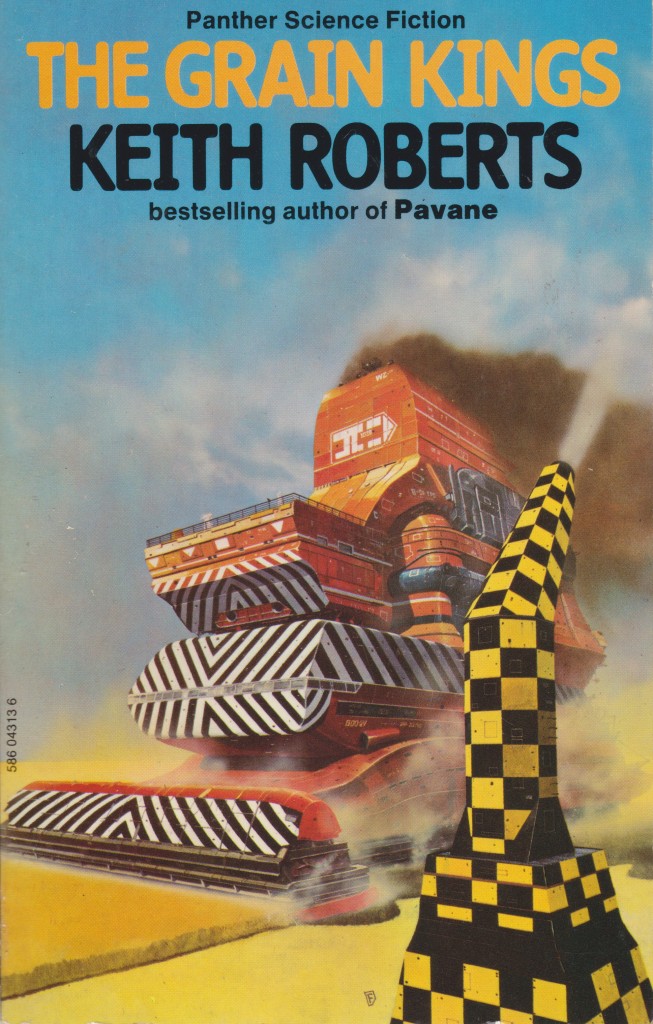Note: My read but “waiting to be reviewed pile” is growing. Short rumination/tangents are a way to get through the stack before my memory and will fades. My website partially serves as a record of what I have read and a memory apparatus for any larger project I might conduct in the future. I rather have a short review than none at all! Stay tuned for more detailed and analytical reviews.
1. The Princes of the Air, John M. Ford (1982)

Uncredited–looks like Jim Burns to me–cover for the 1991 edition
3.5/5 (Good)
John M. Ford (1957-2006) is one of those authors I’ve read a lot about but never sat down and read. As if often my strategy, I decided to explore around the edges a bit before reading his best-known novels Web of Angels (1980) and The Dragon Waiting (1983). I settled on his second novel The Princes of the Air (1982)….
The first layer of The Princes of the Air reads as a traditional space opera. Three young men from rough poverty-filled pasts–Orden Obeck, David Kondor/Koleman, and Theodor Thorn/Norne–aspire to serve the Queen of Humankind. On the dusty planet Riyah Zain, the three friends scam the unwary and while away their days in the Asterion Arcade playing military games in which they imagine how they will serve the queen—Obeck will be the Ambassador-Global, Kondor the Admiral of the Fleet, and Theodor Norn the best Pilot and writer of the book on piloting. Obeck, indentured to the state as he voluntarily went on the government dole, trains to be a diplomat. He brushes up against the classist views of the students, who look down on Obeck’s achievements as an indentured man. Soon his accomplishments mean that he, and his friends, can leave the planet. Eventually, they find themselves embroiled in the machinations of the state and the powers that bind everything together.
Continue reading







